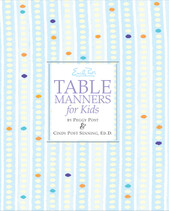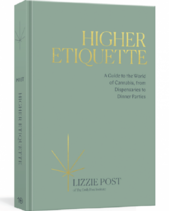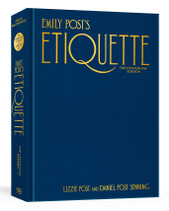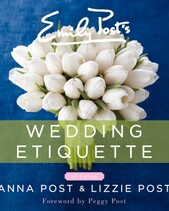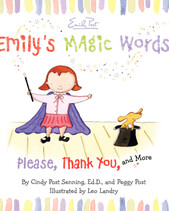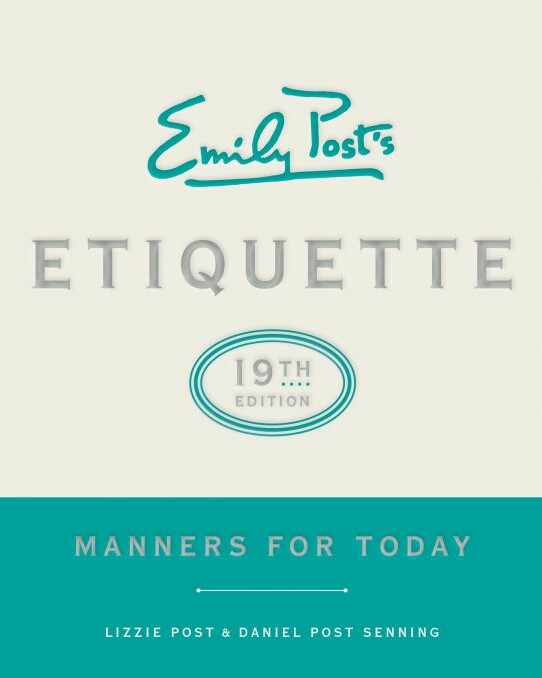
Sympathy Notes and Letters
Because sympathy notes and letters are too
personal to follow a set form, one simple rule can guide you: Say what
you truly feel. A single sincere line expressing the genuine feeling you
had for the deceased is all you need to write. As you write, don’t dwell on the details of an illness or the manner of
death. Nor should you suggest that the loss is a “blessing in disguise.”
It is appropriate to ask if there is something you can do to help, even
suggesting something specific, such as “Please let me know if I can
help babysitting.” If you have a specific memory about the deceased it
will be a welcome addition, but this is completely optional.

The following is an example of a short sympathy note:
Dear Vanessa,
Ken and I were very sad to hear of Robert’s death. He always greeted us with kind words and had a wonderful way of making us feel special. If we can help by shopping, running errands, or doing anything else for you, please do call on us. In the meantime, you are in our thoughts and prayers.
With deepest sympathy,
Carolyn
How to Address a Sympathy Card
When you send sympathy messages in writing, it’s sometimes hard to know who you should address in your note. Some guidelines:
- If you knew the deceased well, but not the family, address the note to the closest relative—usually the widow, the widower, or the eldest child. You can also add “and family” if you wish: “Mrs. John Smith and Family.”
- If you didn’t know the deceased but you know one of the relatives, write to that person.
- If it’s a friend whose parent has died, write to the friend.
- Address letters to children who have lost a parent on separate lines: Miss (Ms.) Renée Wynn (the daughter), with Mr. Charles Wynn (the son) underneath. The salutation reads “Dear Renée and Charles.”
Emailing Condolences
When your usual correspondence with a bereaved friend is by email,
you can precede a phone call or written condolence with an email—an
immediate and non-intrusive way to let him know you are thinking of him.
Follow an emailed message with a handwritten note and, whenever
possible, attendance at the funeral or visitation.
Online Condolences
Many newspapers and funeral homes offer the opportunity on their websites for people to post sympathy messages. The postings can be extensive and some families receive packages of printed copies of the posted condolences. The family may respond with one note that can be published on the website thanking the senders for their support. It’s not necessary to send individual responses to each comment that is posted, but do send a note to anyone who follows up with a handwritten note or personal email.
Acknowledging Expressions of Sympathy
Handwritten sympathy notes, personal emails, flowers, Mass cards, contributions to charities, and acts of kindness should always be acknowledged by the recipient, if possible. The exception is when the writer asks that her note not be acknowledged—a thoughtful thing to do when writing a close friend or when someone you know well will receive a great number of condolences. Sympathy cards with no personal message, online sympathy notes, and visits to the funeral home or the service don’t need to be acknowledged in writing. Letters of thanks are customarily written to pallbearers, honorary pallbearers, ushers, eulogists, and readers.
If the list of acknowledgements is so long or the recipient isn’t up to the task, a family member or a friend may write the acknowledgements: “Mom asks me to thank you for your beautiful flowers and kind message of sympathy.”
Following is a sample response:
Dear Paige and Will,
On behalf of my family, I want to thank you for your expression of sympathy after the death of my sister, Louise. The beautiful floral wreath meant all the more to us because it came from lifelong friends.
Sincerely,
Fred
A personal message on a note card is preferable to a printed card,
and it only takes a moment to write “Thank you for your beautiful
flowers” or “Thank you for your note. Your kind words have been a
comfort.” If you use the printed acknowledgements given to you by the
funeral director, add a personal message. When the list of condolences
is long, these printed cards can serve as intermediary thanks until more
personal acknowledgements can be written.

